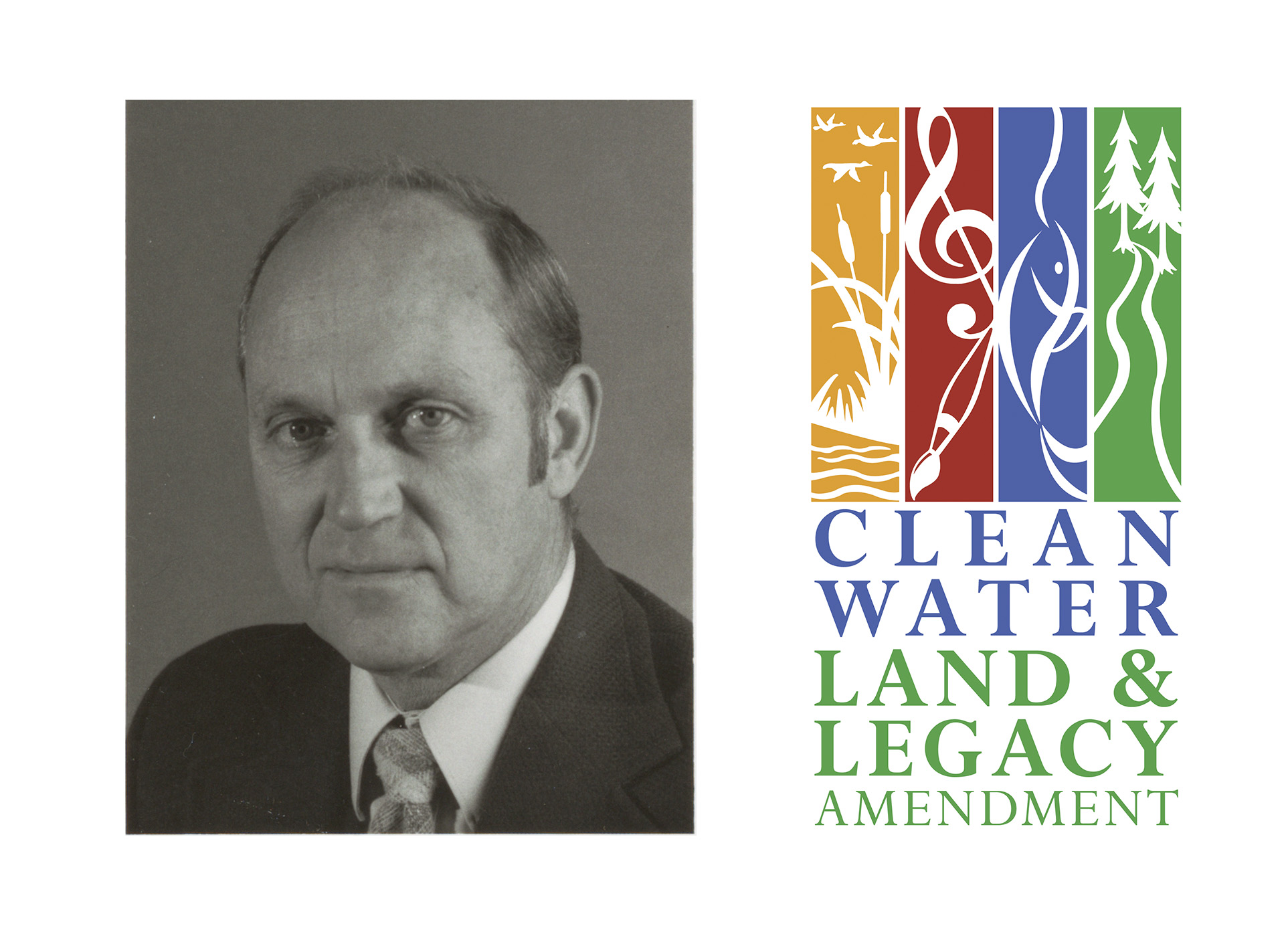Files
Download Full Text (16.7 MB)
Description
Article pamphlet by Calvin R. Fremling and Thomas O. Claflin. Fremling and Johnson credited respectively as "Department of Biology Winona State University Winona, Minnesota 55987," and "River Studies Center University of Wisconsin-La Crosse La Crosse, Wisconsin 54601." Introduction: "The purposes of this paper are to introduce the reader to the Upper Mississippi River and to provide a setting for the technical chapters that follow. The Mississippi River has been a vital link in the exploration, colonization, and development of the United States, and during the past 150 years it has been particularly important in the transport of commercial cargoes. In this regard, the Mississippi has been one of the great experiments in river management. Most of the wild, natural Upper Mississippi of the early 1800s has been converted through a series of navigation improvement measures, into today's "tamed" river, which consists of a series of reservoirs controlled for navigation by the U.S. Army Corps of Engineers. The Mississippi is the largest river in the United States. It flows 2319 miles (3732 km) from its source at Lake Itasca in northern Minnesota to the Culf of Mexico. The Mississippi and its tributaries drain 41% of the contiguous United States. The river is commonly delineated into the Lower Mississippi, which extends from the Gulf of Mexico northward to the mouth of the Ohio River at Cairo, Illinois, and the Upper Mississippi, which extends northward from Cairo to its source in northern Minnesota (Figure 1). In this chapter, primary emphasis will be placed on the segment of the Upper Mississippi extending from St. Louis, Missouri, to Minneapolis, Minnesota. This 670-mi (1078 km) segment contains the 29 locks and dams operated by the U.S. Army Corps of Engineers as part of the 9-Foot Navigation Channel Project. The stream-like segment of the river north of Minneapolis and the unimpounded segment below St. Louis will not be discussed here because they are limnologically distinct from the rest of the Upper Mississippi." Article is part of an unspecified, undated longer work. No outside printer or publisher given. 20 pages. Part of the Cal R. Fremling Collection.
Publication Date
1960
Item Type
Book
Publisher
Library
City
Winona, Minnesota
Keywords
Biologists; Upper Mississippi River; Ecology; History
Department
Special Collections-Library
Recommended Citation
Fremling, Cal R., "Ecological history of the Upper Mississippi River" (1960). Cal Fremling Papers. 37.
https://openriver.winona.edu/calfremlingpapers/37
Rights Management
Requests to reproduce this image must be granted by the Winona County Historical Society.
Contributing Institution
Winona County History Center
Master File Format
TIFF
Fiscal Sponsor
This project has been financed in part with funds provided by the State of Minnesota from the Arts and Cultural Heritage Fund through the Minnesota Historical Society.
Scanning Responsibility
Northern Micrographics
Date Digital
2019-06-24 00:00
Metadata Creation Responsibility
Anna Gaffey
Unique Identifier
2011.003.0136





Notes
undated